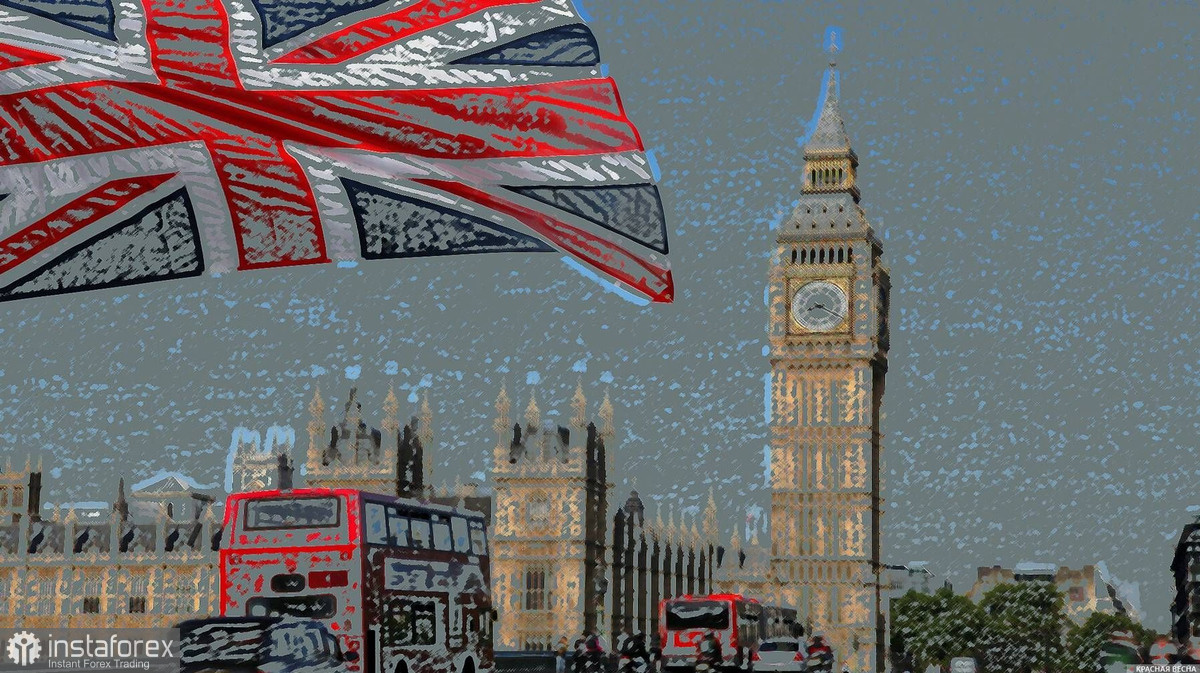The pound sterling continues to sink after the governor of the Bank of England, Andrew Bailey, stated that difficult economic consequences, which were caused by Western economic sanctions against Moscow, are an acceptable price to pay for stopping Russia's war against Ukraine.

According to Bailey, the escalation of the war could seriously impact the cost of living in the UK and could result in a recession. This would exacerbate the already high inflation plaguing the country since the regulator began injecting billions of pounds into the moribund economy during the pandemic. However, talks of a possible recession has scared off traders that hoped the UK economy would weather the storm. This can be seen in the GBP/USD chart.
The BoE's governor stated that skyrocketing energy prices and supply chain issues since the beginning of the war have led to a shock to real income, which could contract this year at the fastest rate since the 1950s. "We are now walking a very tight line between tackling inflation and the output effects of the real income shock, and the risk that that could create a recession and pushes too far down in terms of inflation", Bailey said. As a result, the UK regulator has abstained from giving out hawkish signals, even with the current inflation taken into account. A sharp interest rate hike would weigh down on economic growth, worsening the situation the UK central bank is facing - the economic slowdown and continuing price growth.
"What it's now going through is its most severe test since it was created 20 to 25 years ago," Bailey noted. At this point, the inflation rate is at the 30-year high of 7% and is steadily moving towards hitting 10% for the first time since the 1980s. The BoE is expected to increase interest rates to 2.25% from 0.75% this year, which would put serious pressure on lenders. The governor also expressed his concern about rising food prices alongside a tight labor market and stated that the UK economy faced unprecedented challenges, referring to the impact of the situation in Ukraine and the pandemic.

On the technical side, GBP/USD is nosediving, with nothing to stop its fall. Despite some efforts by bullish traders in the 1.2730 area, the pair is far from bottoming. It will bounce upwards, but the medium-term downtrend is likely to get even stronger. Short positions could be opened during any sizeable upward correction. The closest resistance levels are near 1.2800, as well as 1.2860 and 1.2910. A breakout below 1.2730 would only make the downtrend stronger, opening the way towards the lows at 1.2680, 1.2640, and 1.2580. If the UK economy deteriorates further, the pair would quickly reach the support at 1.2510.
EUR/USD is hitting new monthly lows, indicating the bear market has resumed, despite the efforts of bullish traders since mid-March. Expectations of a hawkish policy shift by the ECB is not giving support to EUR - traders are focused on the upcoming Fed meeting, which could increase the Fed funds rate by 0.75% and not 0.5% as expected earlier. The US dollar is likely to rise further. If the pair breaks through its closest support at 1.0700, it could then fall towards the lows at 1.0640 and 1.0580, as well as the support at 1.0530. EUR/USD could only begin an upward correction if it returns above the resistance level of 1.0770. From there, the pair could rise towards 1.0810 and 1.0850.





















